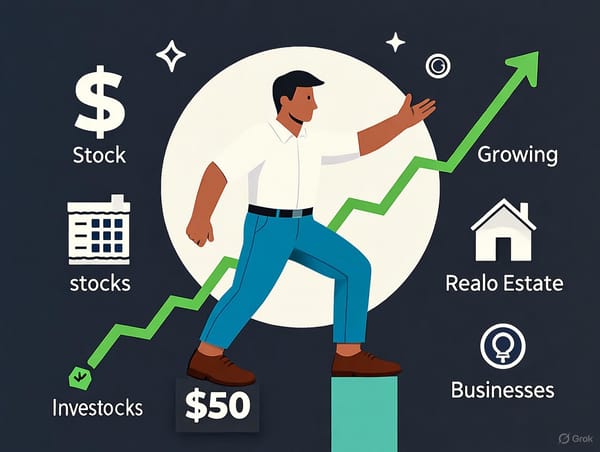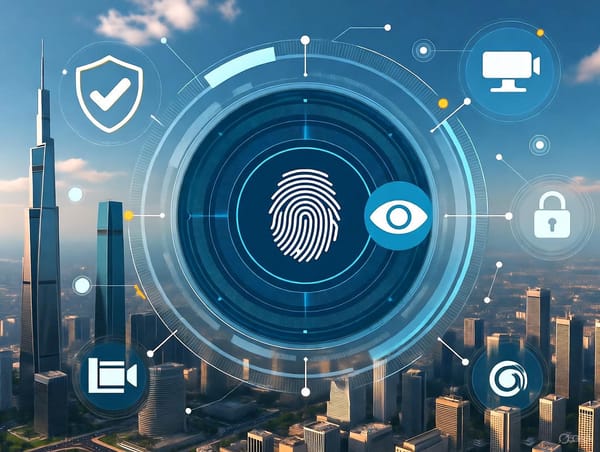Building Bonds That Last
By weaving trust and reciprocity through small, intentional acts, we can build lasting relationships that enrich our lives and communities.

Relationships—personal, professional, or communal—are the heartbeat of human life. They shape our sense of belonging, boost our mental and physical health, and give meaning to our days. But why do some relationships flourish while others fade? The answer lies in trust and reciprocity, two forces rooted in our psychology. Drawing on foundational theories like Maslow’s hierarchy of needs and recent research, this article explores how small, intentional acts can build connections that endure life’s ups and downs.
The Psychological Foundations of Connection
At the heart of every meaningful relationship is a universal need: connection. In 1943, psychologist Abraham Maslow proposed a hierarchy of needs, placing belongingness and love just above basic physiological and safety needs. Once we have food, shelter, and security, we seek emotional bonds with family, friends, partners, or colleagues.
Modern science deepens this insight. Neuroscientist Dr. John Cacioppo found that social isolation triggers the same brain regions as physical pain, signaling that loneliness is a survival threat. Our brains are wired for connection, releasing oxytocin and dopamine during positive interactions—whether a warm hug or a kind word. These “feel-good” chemicals create a feedback loop, encouraging us to nurture relationships.
The Role of Trust in Relationships
Trust is the cornerstone of any lasting bond. It’s the belief that someone will act reliably and in our best interest—a leap of faith built on experience. Without trust, even promising relationships can unravel.
The Science of Trust
Neuroeconomist Dr. Paul Zak’s research shows trust is measurable. Acts of kindness, cooperation, or vulnerability trigger oxytocin, the “trust hormone,” fostering closeness. For example, a sincere compliment or a small favor can spark oxytocin in both giver and receiver, strengthening their bond. Trust grows through consistent, authentic interactions, a process that begins in infancy. Psychologist Erik Erikson noted that reliable caregiving in childhood shapes our ability to trust as adults. Those with secure early attachments may trust more easily, while others may need time to build confidence.
Trust in the Digital Age
Today’s digital world challenges trust. A 2023 study in Nature Communications found that virtual interactions can reduce trust by up to 30% compared to face-to-face ones, as we miss nonverbal cues like eye contact or tone. Yet, intentional efforts can bridge this gap. For instance, a remote team that schedules regular video check-ins with clear agendas and follows through on commitments can foster trust despite the distance. Clear communication, active listening, and transparency—whether via email or project tools—help build digital bonds.
Reciprocity: The Glue of Relationships
If trust is the foundation, reciprocity is the glue. Reciprocity is the mutual exchange of actions or emotions that benefits both parties, creating balance and fulfillment. Anthropologist Marcel Mauss, in his 1925 work The Gift, argued that reciprocity drives social cohesion across cultures, from Pacific Island gift-giving to modern friendships. In collectivist societies, like those in East Asia, reciprocal acts often prioritize group harmony, while individualistic cultures may focus on personal exchange.
Why Reciprocity Works
Reciprocity taps into a psychological norm that compels us to return kindness. A 2019 Psychological Science study found that acts like helping a colleague or sharing a meal create a sense of fairness, strengthening bonds. Consider Sarah, who deepened her friendship with a coworker by bringing coffee during stressful workweeks. These small gestures led to mutual support that weathered workplace challenges. Reciprocity isn’t transactional—it signals care and builds a reservoir of goodwill.
The Power of Small Acts
Grand gestures aren’t necessary. Dr. Barbara Fredrickson’s research on “micro-moments” shows that brief, meaningful interactions—like a shared laugh or a word of encouragement—build emotional resonance. A handwritten note, a quick check-in text, or listening without judgment can convey care, fostering reciprocity across cultural or digital divides.
Building Enduring Connections
How do we apply the science of trust and reciprocity? Here are five research-backed strategies:
- Practice Active Listening
Give full attention, ask clarifying questions, and reflect what you hear. A 2021 Journal of Social and Personal Relationships study found that active listening boosts trust and closeness by showing genuine interest. - Show Vulnerability
Sharing personal thoughts or struggles invites mutual trust. Dr. Brené Brown calls vulnerability “the birthplace of love and belonging.” Start small—like sharing a minor worry—and watch connections deepen. - Be Consistent
Trust thrives on reliability. Follow through on promises and show up consistently. A 2020 Personality and Social Psychology Review meta-analysis found reliability is a top predictor of trust across relationships. - Embrace Small Gestures
A thoughtful text or remembering a friend’s favorite coffee order signals care. These micro-moments accumulate, creating a pattern of mutual support. - Navigate Conflict with Care
Conflict is inevitable but manageable. Approach disagreements with empathy, using a “softened start-up” (e.g., “I feel worried about our schedule” instead of “You’re always late”). Dr. John Gottman’s research shows successful couples repair conflicts by acknowledging feelings and taking responsibility.
For those hesitant to trust due to past betrayals, start with low-risk gestures, like expressing gratitude, to rebuild confidence gradually.
The Rewards of Strong Bonds
Investing in relationships pays off. An 85-year Harvard study found that close relationships are the greatest predictor of happiness and well-being, outranking wealth or career success. Strong bonds lower stress, improve mental health, and even extend lifespans. They also create ripple effects, fostering resilient communities.
In a fast-paced world, building lasting relationships takes patience and intention. Start today with one small act—a kind word, a listening ear, or a moment of vulnerability. These steps, repeated over time, weave bonds that last a lifetime.





